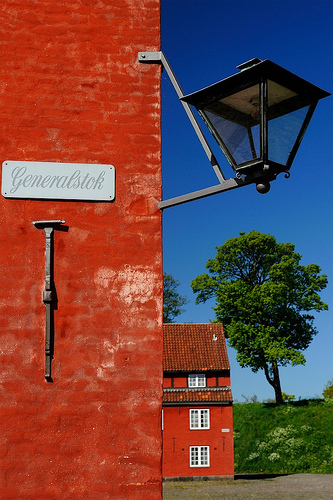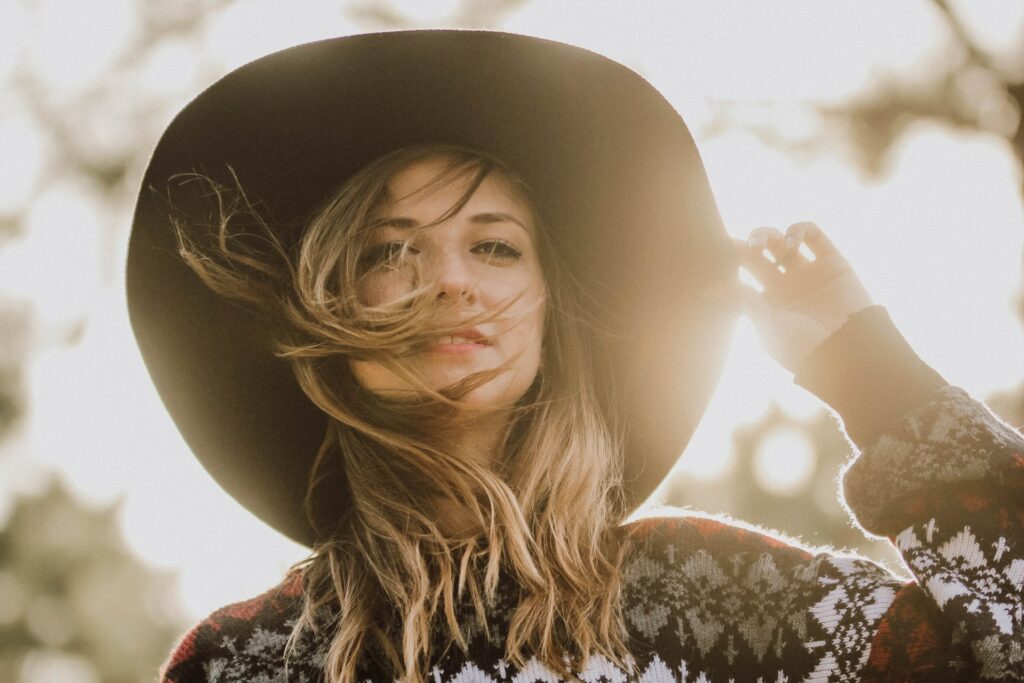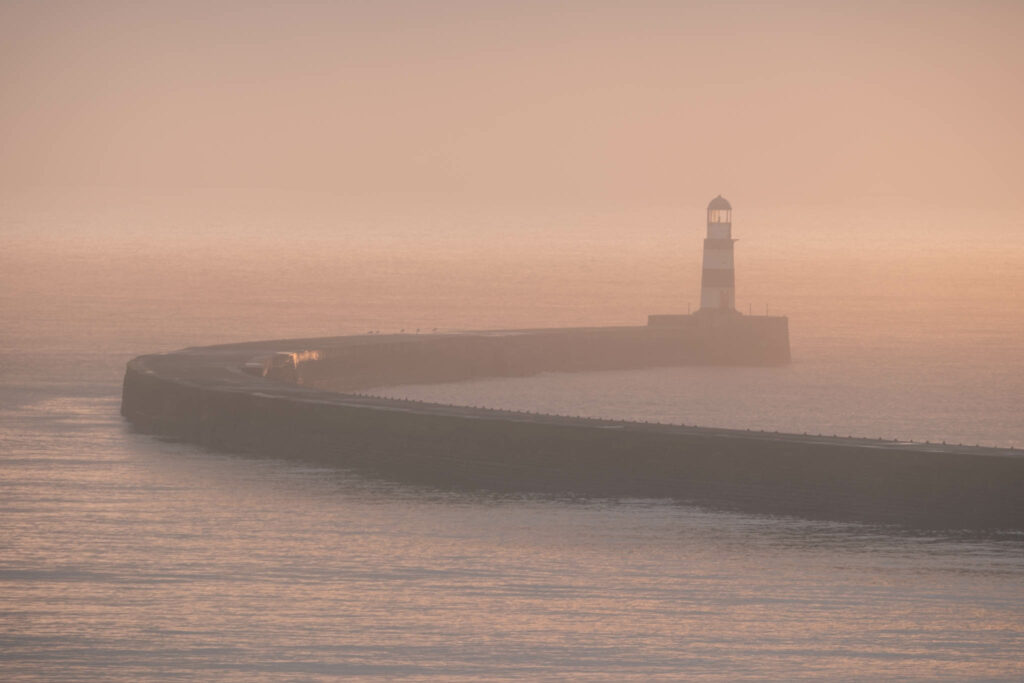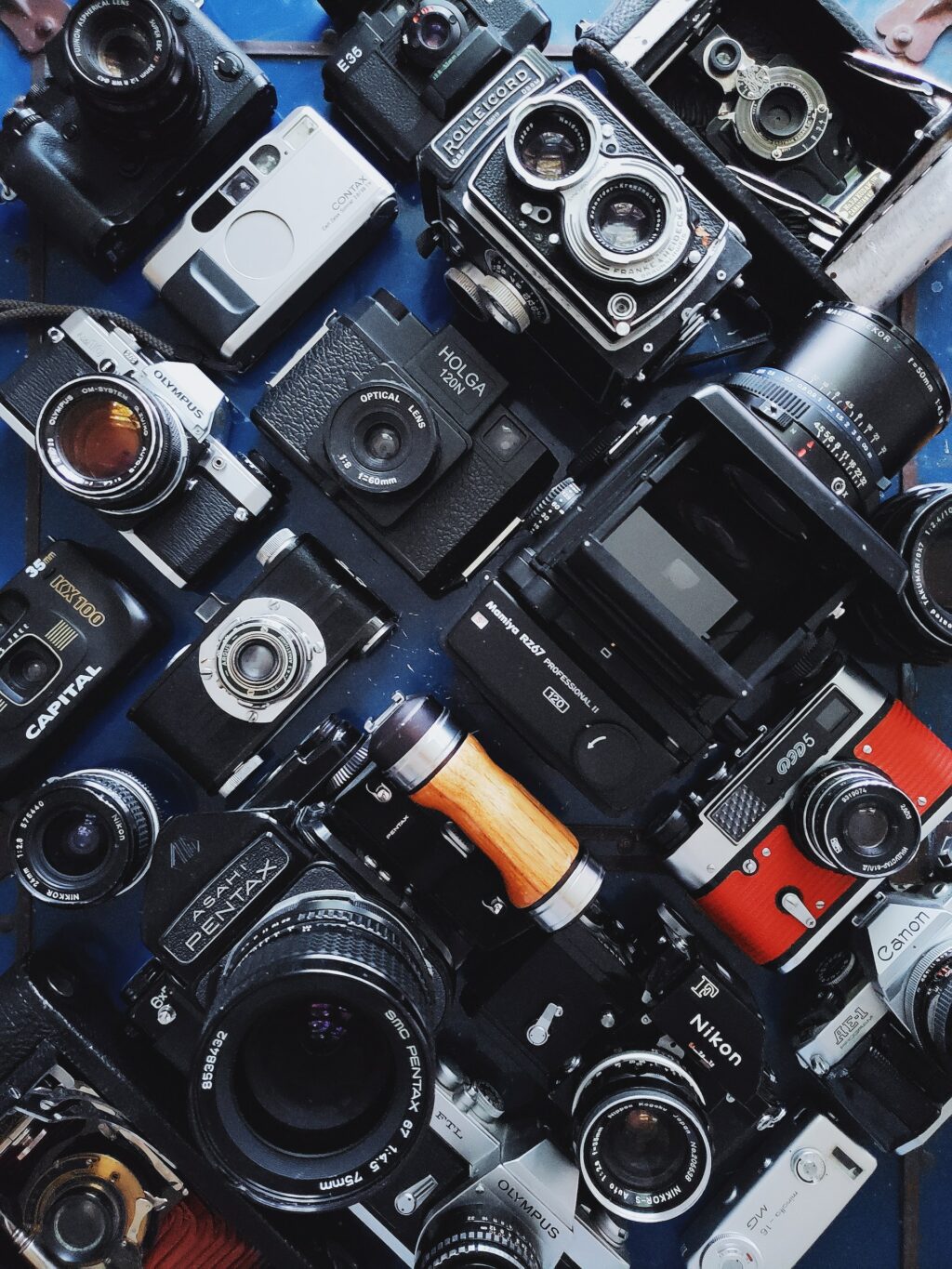Learning photography is like learning a second language, you can learn absolutely everything from books but when you come to try it out in practice, it will all go horribly wrong. Whilst knowing the theory is a great thing, there is no substitute for experience and the best way to gain experience is to set yourself tasks or projects. One way to really improve your photographic skills is to use just one fixed focal length lens or prime lens.
What If You Don't Own a Prime Lens?
Now I am sure that like me, many of you don’t own a prime lens – well don’t despair, there is a quick and dirty trick to remove the temptation to turn that zoom ring, electrical tape. Simple set the zoom to the focal length you wish to use and apply the tape around the barrel making sure you cover both the ring and the non moving part. The good thing about electrical tape is that it does not leave sticky residue when you remove it.
So What to Shoot?
So with our prime lens or pseudo prime lens, what are we going to shoot? Well, simply everything that you would shoot normally, city/travel shots, portraits, even macro. A good starting point is to use a fixed lens of 50mm, this was the most common standard lens before the advent of zooms. Using it will challenge you to be more creative in the composition of your images.
For example, trying to photograph a beautiful church exterior, you may find you cannot get everything into the shot. So you have to weigh your options, can you move back and get it all in, if not, can you move in close and find some great details on the building, or shoot upward creating a dramatic perspective.
Using a 50mm can be tough in city photography, where you generally need a wide angle to capture architecture and a telephoto to get in close on details. This is a great environment to learn a single lens technique, be creative, look for alternative viewpoints or perspectives. A 50mm is a great starting point for street photography, forcing you to get close to your subjects.
Let's Think About Portraits
Shooting portraits will also be challenging. Maybe you are used to the perfect, flattering perspective of an 85mm. A 50mm may be a lot less flattering if you move in close to replicate the 85mm’s coverage, so stay put and shoot half length or full length images or even move back and use props to put your model in an interesting environment.
Onto Close Ups
Macro, or close up photography is also going to be very challenging. Your lens may not focus very close, especially if it is a taped zoom. So rather than concentrate on, for instance, one flower, look for the flower that is different, perhaps taller or a different colour and shoot in a way that highlights it’s differences.
Switching to Different Focal Lengths
When you have become comfortable with shooting the 50mm focal length, its time to up the ante a little. Try using a fixed 200 or 300mm. This will really focus your mind on looking for the details, there will be no way to get that all encompassing shot so you will need to find a whole new way of looking at things. Using a fixed wide angle is going to present you with the opposite problem, you will be able to get the big picture, but to concentrate on the details you are going to have to change your position and move very close, the exaggerated perspective of wide angles adding to your creative dilemmas.
To achieve results, you will need to be strict with yourself. Set aside at least one week per focal length and stay with it. By working with one lens, you will come to appreciate the convergence of perspective, depth of field, and positioning, hopefully taking your photography to a new level.
Jason Row is a British born travel photographer now living in Ukraine. You can follow him on Facebook or visit his site, The Odessa Files. He also maintains a blog chronicling his exploits as an Expat in the former Soviet Union










11 Comments
Back in 2009 i won an olympus e-p1 and a filmmaker friend of mine gave me a case full of nikon prime lenses from the 1970s. I bought an adapter and they’re all i use. Great article – based on my experience i agree with your sentiments exactly.
Why do you reccomend a 50mm lens?
That a 50mm has been the kit lens for a long time is due to the fact that it’s FOV is close to that of a human.
Since most new photographers don’t use a FF camera I’d say: go for something in the 30 to 35mm range for an APSC sensor camera or a 25mm in a MFT camera, since that mimics the FOV of a 50mm lens.
you know, I never thought of it that way…going to try out using the 50 mm lens this weekend…
I have tried this, and in addition to the benefits Jason espouses to it, one gets more exercise (it isn’t a lot of effort to move that zoom ring).
Another feature is “normal” (50mm) prime lenses tend to have wider apertures available (F1.x) and still be affordable — which makes it easier to experiment with very selective depth of field.
I took a class a while back and the instructor – very well known said that the human eye actually sees a FOV of 42.3 so if you are looking for a good prime for your cropped sensor take a look on eBay or craigslist for an used 28mm prime, I see them all the time on ebay for nikon cameras for $50-100. They are all manual focus which is a good thing since we are getting back to basics. Might as well jump in with both feet.
The main advantage of a prime over a zoom lens is that, owing to their relative simplicity, the former provides superior quality with fewer aberrations at faster apertures. That makes them compelling in many situations even when they may be somewhat more inconvenient.
The 50mm “standard” or “photojournalist” prime on a 35mm camera really doesn’t mimic the field of view of a human eye, contrary to the myth. And it has a somewhat distorting effect especially on human faces. But anything between about 40mm to 80mm will be acceptable in such situations, depending on what you’re trying to achieve.
Of course, if you’re using a 4 x 5 or some other type of camera, you have to change focal lengths accordingly.
At least a week per focal length? I don’t thing that is enough time.
Spend months – until your view of the world shifts and you find yourself with an automatic frame in the back of your mind.
i love my prime!!! using it allows me to think outside of the box especially when composing subjects even with limited space!!! nonetheless, it gives me exercise/workout when shooting because i am the one zooming in and out rather than using the zoom lens..:)
Only thing I’d add is that one shouldn’t think that the starting point of 50mm lens is somehow mandatory or best by default. I’d say – see what range of focal lengths you typically use the most, than get a prime somewhere in that range as the “first prime”. What I have found in my early photography days is that people have different sensitivities and viewpoints on the world. For me 80-85mm prime captures how I see the world. For some friends of mine it was 40-50mm, for some even 20-30mm… I would not be surprised to see someone’s preference at 100-135mm but further on into the telephoto (and down below 20mm) one likely enters special cases territory.
So, find focal length that clicks for you – start with that one.
50 mm prime (f/1.2L version on Canon) is actually my lens of choice. Might sound contrary to the usual limiting sentiment associated with primes, but it simply liberates me from making choices on focal lengths. I find improved emphasis on the composition, controlling the dof, etc. as a result.
Great piece of advice to those who don’t have a prime to test the waters before pulling the trigger to buy one…
Thanks for this piece. I’ve linked to it in a recent article on benefits of learning to use a “nifty fifty”, which is going live on my own blog this week.